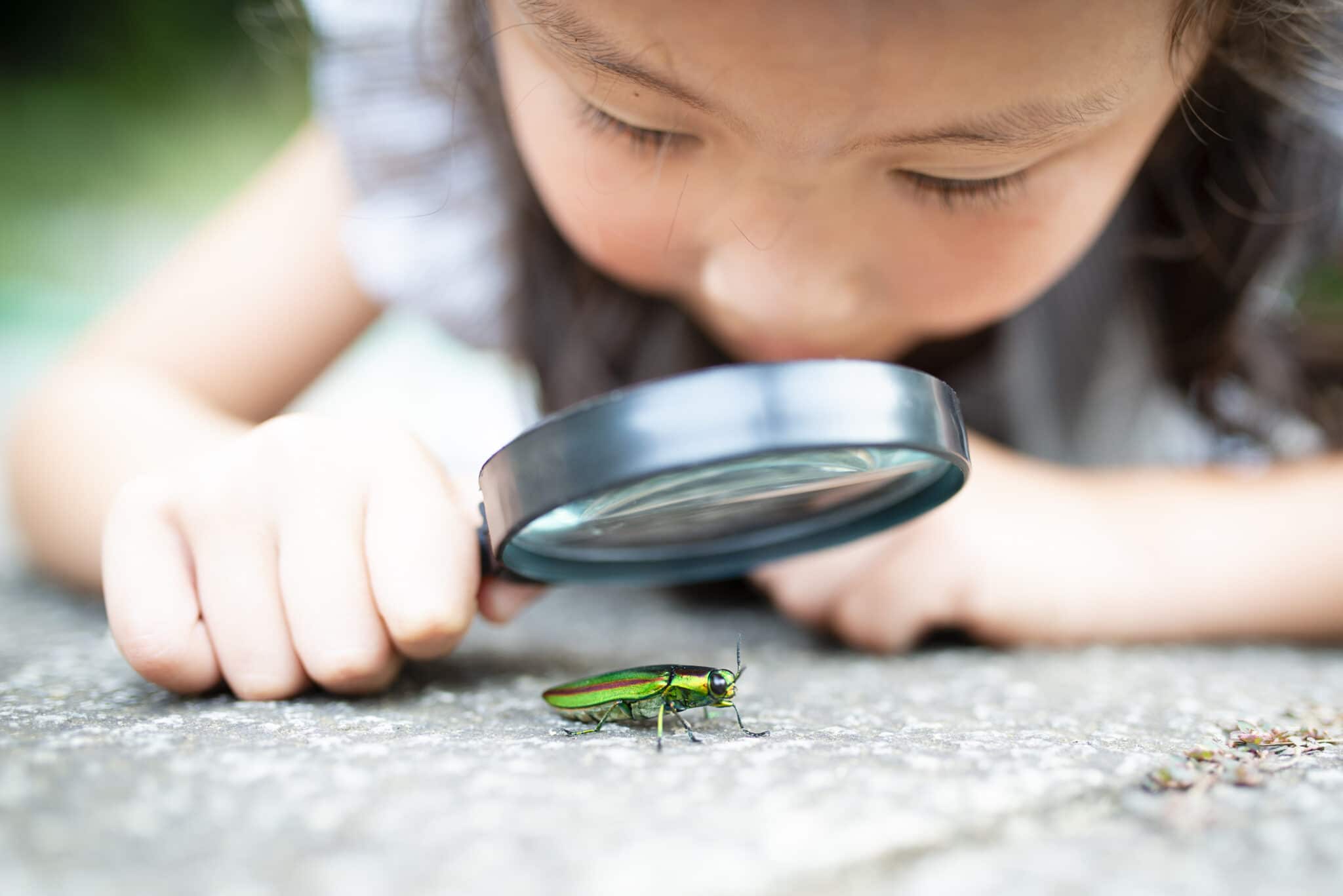
“Earth and sky, woods and fields, lakes and rivers, the mountain and the sea, are excellent schoolmasters, and teach of us more than we can ever learn from books.”
John Lubbock
We’re guessing that most of Childhood by Nature’s readers would give a thumbs up to the quote from John Lubbock and agree that nature offers benefits to a child’s growth and development in ways that human-made interventions can’t compare. But recently, the interest in outdoor learning goes way beyond the already-converted. The Covid-19 pandemic has unexpectedly shined a spotlight on outdoor learning, even bringing bureaucratic and traditional brick and mortar schools to the outdoor learning table, taking classes outdoors in the warmer weather seeking to reduce virus transmission rates and improve equity in education.
Actually, interest in outdoor learning, or a general interest in less structured outdoor play rather than strict academic curriculum, has been growing steadily over the past decade. According to the Natural Start Alliance, nature-based programs in preschool programs have experienced a 25-fold increase over the past decade. Lately, it seems everyone wants “in” to nature and “out” of the effects of what expert as David Sobel describes as the ‘digitization’ and ‘indoorization’ on young kids.”
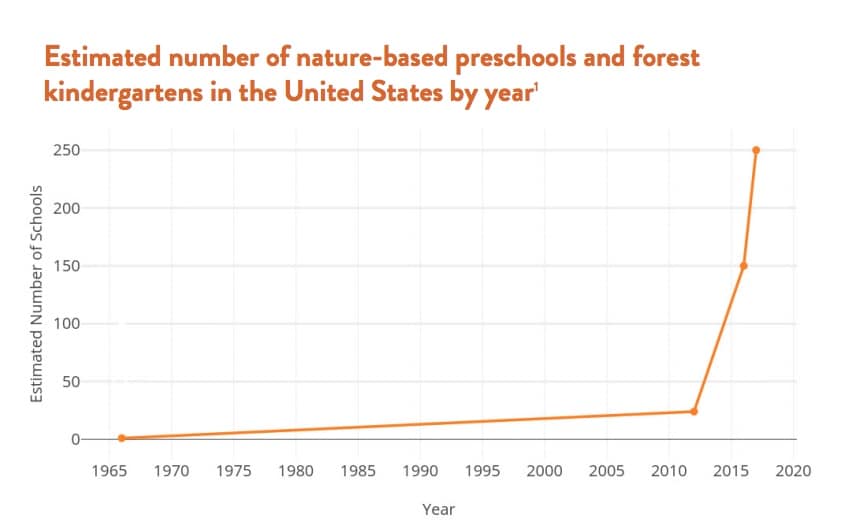
The History of Nature-Based Schools
Despite the surge in interest in the last few years, the trend to learning outdoors is less of a new trend, and more of a return to tradition. Thoreau, Emerson, or Lubbock, all waxed poetic on the merits of learning outdoors, all 19th-century thinkers. Many of their contemporaries—philosophers, naturalists, and educators—laid the foundations for the nature-based learning movement today.
The world’s first known forest school was started in the early 1950s in Denmark in the mid-twentieth century by a woman named Ella Flautau. When Ella’s children and her neighbors' children began gathering daily in a nearby forest, the parents formed a group and created an initiative to establish "walking kindergartens" out of the Waldorf-Steiner approach to education- child-led and play-based, with adults as facilitators, not teachers.
Based on that model and with the country struggling with a lack of indoor space for young childhood education centers, similar forest schools, known as Naturbørnehavens, continued to pop up throughout Denmark in the 1950s. The trend later spread to Sweden and the rest of Scandinavia. Today, early years education conducted outdoors is a widely accepted practice in the region.
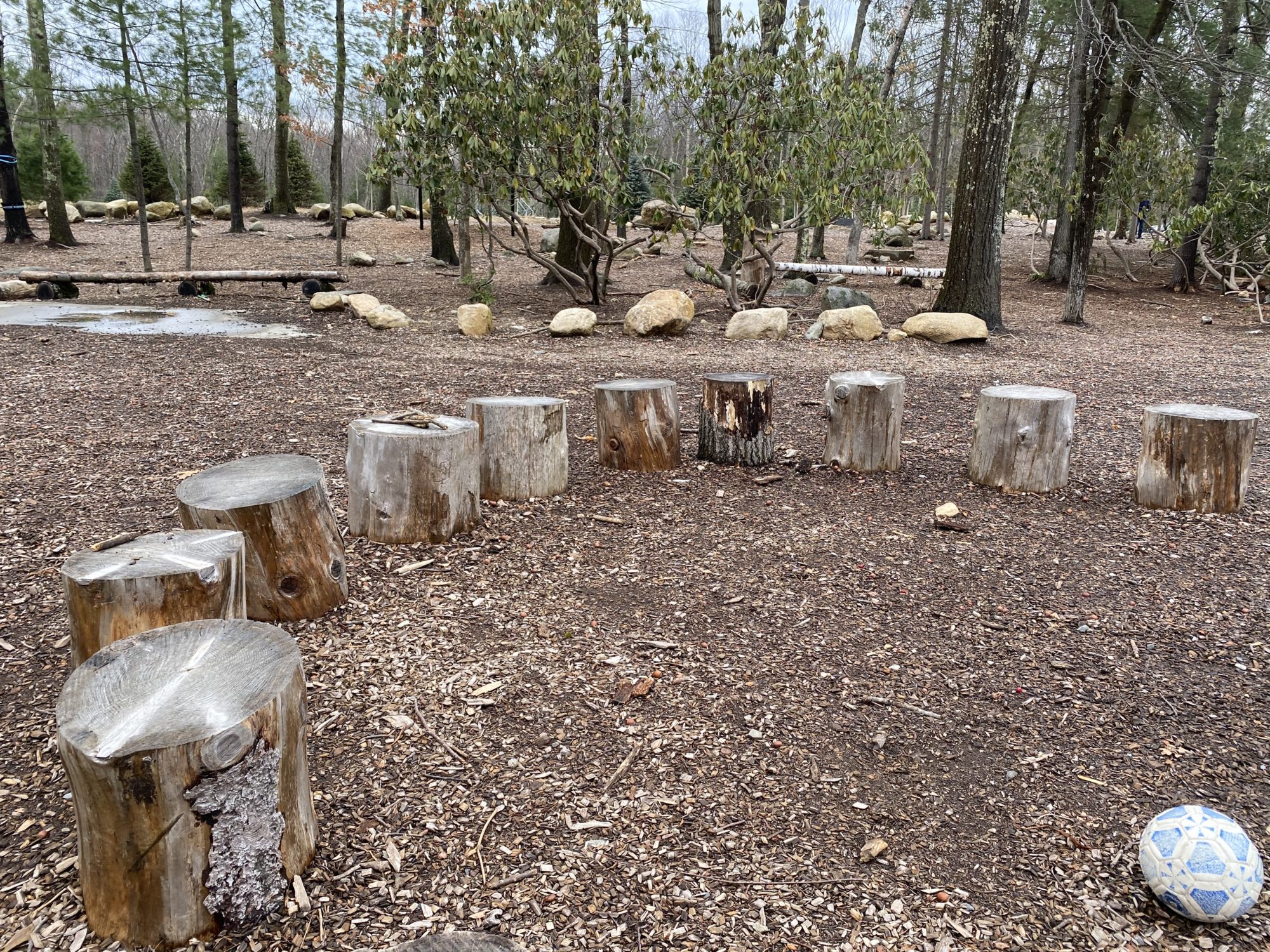
Inspired by the Scandinavian embrace of outdoor learning, the forest school movement migrated to the UK in the 1990s and has grown strongly ever since. In the US, the first nature-based preschool, the New Canaan Nature Center, opened in 1967 in Connecticut. The pace of nature-based preschools was gradual until, many say, after the publication of Richard Louv’s Last Child in the Woods in 2005. Soon after, the growth of these schools went wild, experiencing a 25-fold increase over the past decade.
Around the world, the forest school movement has also been growing strong. Whether you find forest schools in the UK, bush kindys in Australia, waldkindergarten in Germany or Mori-no-ie in Japan, forest schools can be found in dozens of countries as parents and caretakers seek out the benefits of nature for their children, particularly for the early childhood years.
Forest School. Outdoor School. Nature School. What’s the difference?
A lot actually. Depending on the age of the student, the setting where learning takes place, school principles and practices, nature-based learning can be called different things: nature preschool, forest school, forest kindergarten, outdoor school, outdoor program, green school, place-based school, or nature school.
It's important to note that, just like their names, not all outdoor education is the same. Different schools are guided by different principles and approaches with regard to the role of nature or the outdoors in their model. The parent/ caretaker must decide if the school’s practices and principles are the right fit for the child. A school that touts its outdoor learning might spend as little as one reading session outside once a week or it might be designed to fully immerse a child in learning in the natural world. Because you will likely encounter so many different approaches to outdoor learning when investigating schools for your child, we thought being clear on some of the labels or the marketing terms you might come across in the (growing and increasingly lucrative) world of outdoor learning might be helpful.
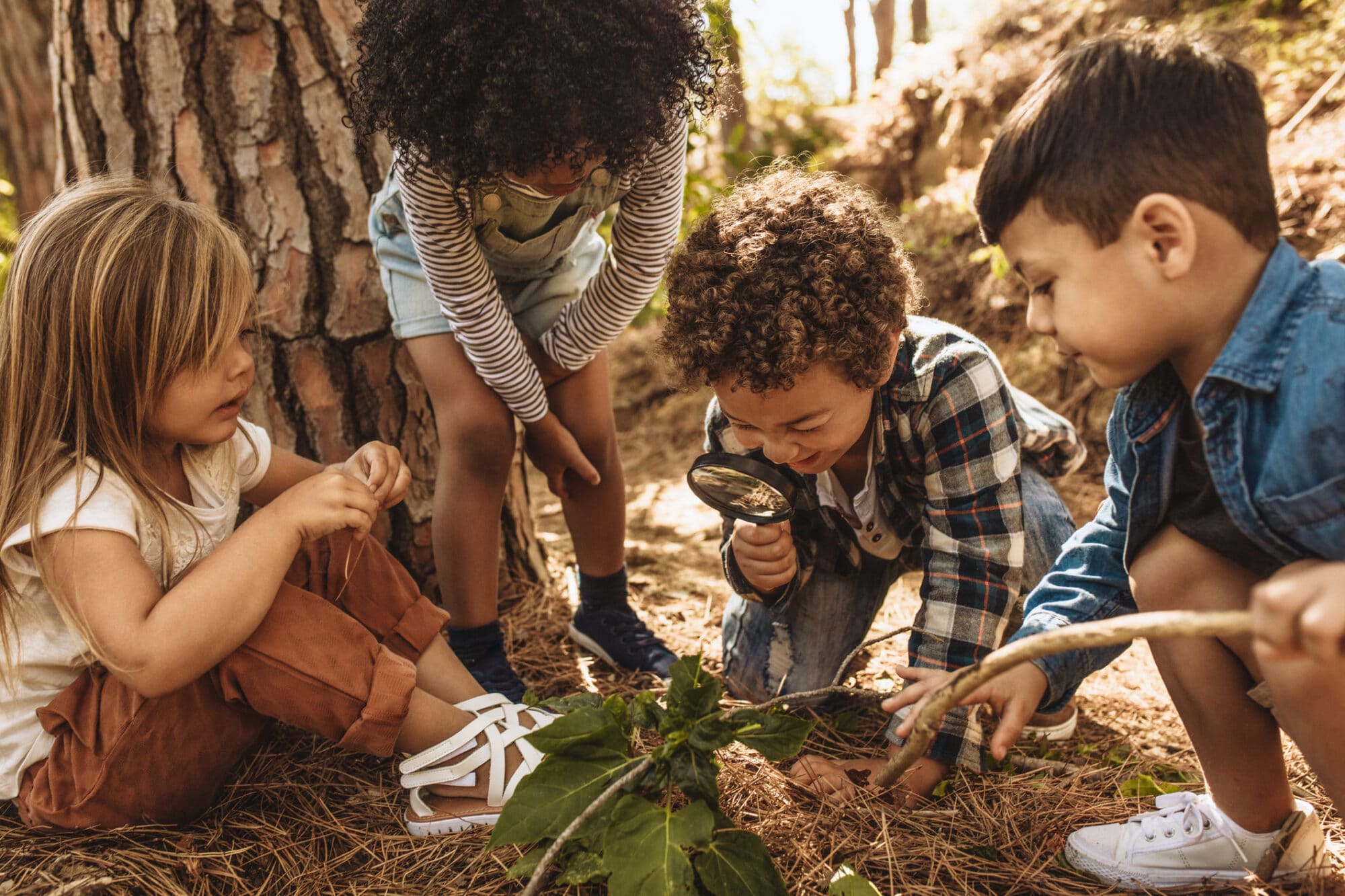
Nature-Based Schools and Nature-Based Learning
Nature-based is a term that you might run across when describing schools, programs, learning approaches. It’s actually a vague term with a wide range of applications. It can mean heading outdoors half of the day on a hike to a reading session in a garden a few times a week. According to the authors of a recent paper on the topic, the term “nature-based learning” means learning through exposure to nature and nature-based activities. It can take place in natural settings. It can also take place in built environments such as classrooms as long as elements of nature such as plants, animals, and water have been brought in. Nature-based learning includes learning about the natural world but extends to engagement in any subject, skill or interest while in natural surroundings.
According to the Frontiers authors, Nature-Based Learning can occur as formal learning when children have contact with nature during structured activities in schools, preschools, and child care centers, or during outdoor field trips. It can also be informal learning such as during free play, backyard nature exploration, green schoolyards, on the grounds of child care centers, or in any other natural area. And there’s also non-formal learning which includes out-of-school programs, camps or family visits to parks or nature centers.
Nature Preschools & Forest Kindergartens
By far, the most popular outdoor learning approaches are focused on very young learners. Nature preschools and forest kindergartens have sprouted across the world. Today, there are an estimated 240 nature preschools in the United States.
Though there are many ways of operating a nature-based preschool, experts agree that to truly be a "nature preschool," a school must put nature at the heart of the program. The school must be based on high-quality early childhood education and environmental education practices, and it must also help lay a foundation for environmental literacy.
The Natural Start Alliance, a key resource on early nature-based learning, defines nature preschools as schools that use nature as the organizing principle for their programs with a significant portion of the school day spent outside. Significantly, nature preschools require their teaching staff to have skills and experience in both early childhood education and environmental education.
Forest kindergartens are a special type of nature preschool that takes place entirely outdoors. These schools allow the children’s interests and curiosity to direct the day’s activities and inform the curriculum. According to the American Forest Kindergarten Association, the core elements of a forest kindergarten include all-weather nature immersion time every day; child-led flow learning; inquiry-based teaching style; child-inspired, child-directed documentation of emergent curriculum; place-based education; and small class sizes.
Both nature preschools and forest kindergartens can happen on a part-time or full-time basis, with different age groups, in all seasons, in any kind of natural space – a stand of just a few trees or a majestic forest, a playground or an endless prairie field, a creek in a ditch or a vast ocean shoreline, tundra, desert, mountain.
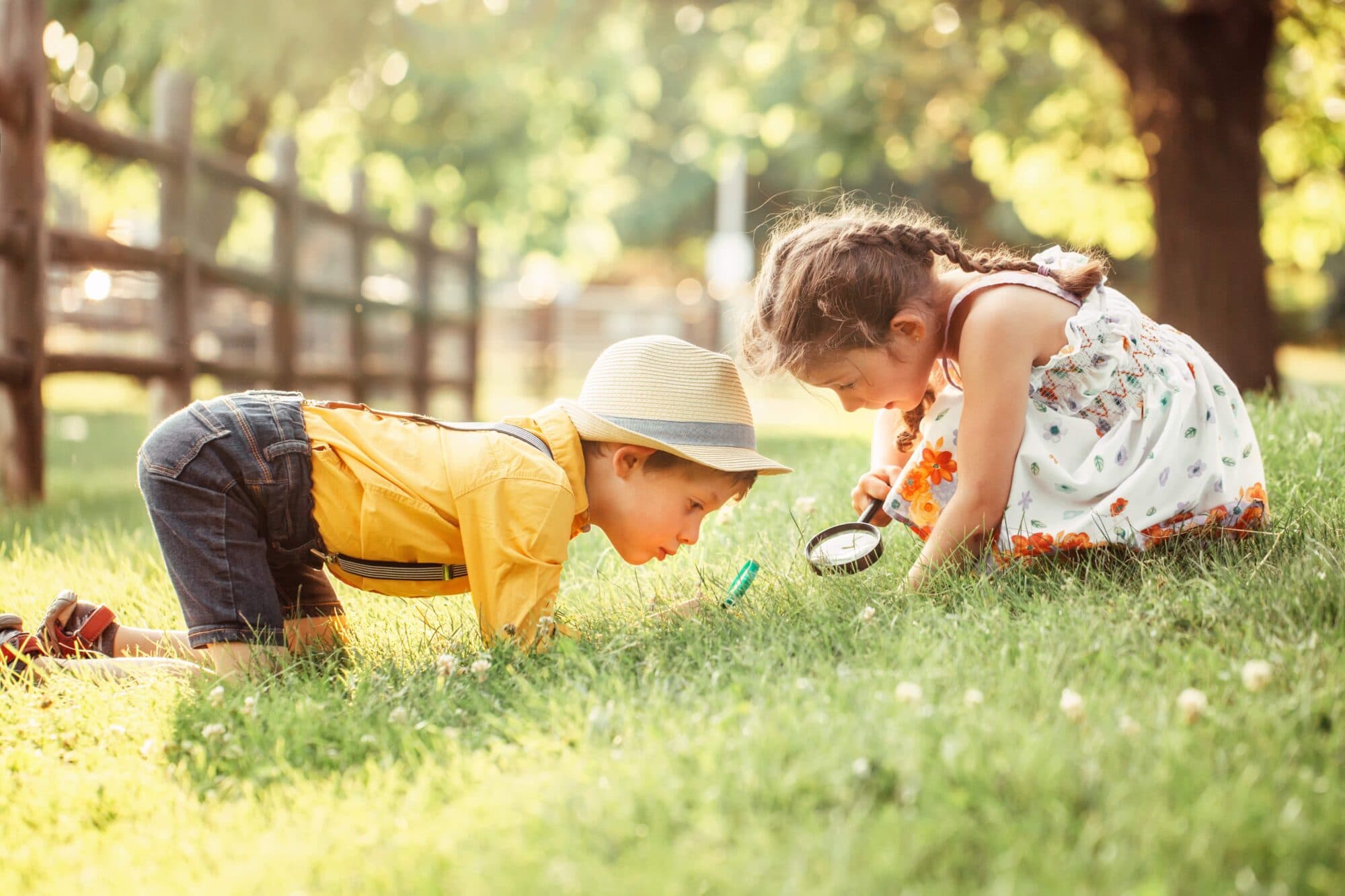
Forest Schools
The UK has its own term for nature preschools or forest kindergartens: “forest school.” Forest school is defined as not a place but an approach or philosophy that aims to help children achieve and develop self-esteem, confidence, independence and creativity through real-life experiences in a natural environment. A forest school does not necessarily have to be in a forest but should be immersed in any natural environment setting.
The Forest School Association (FSA), the professional body in the UK, is quite clear on what is and isn’t a forest school and there has been some scrutiny recently, with the growth of such schools, on what makes the cut and what does now. According to FSA, forest school should include a series of regular outdoor sessions (usually over a 6-10 week period) tailored to the individual needs of the children (usually a max 15 people per session). For this reason, a forest school is thought of as a long-term process of regular sessions, rather than a one-off or infrequent visits.
Forest school sessions should be designed to stimulate imagination, creativity and investigation via activities such as woodwork using tools, shelter building and natural art. As weeks progress the children are given more freedom and responsibility to explore their interests and initiate and direct their own learning. This enables participants to connect with nature, experience the seasons and see how the forest school sites change over time.
Unlike children in brick-and-mortar schools, forest school kids are largely left to their own devices with unstructured (but still monitored) free play— to investigate an anthill, jump in mud or play imagination games. Risky play is also encouraged, whether it’s climbing a tall tree or using a knife to whittle.
The FSA promotes six principles on which sessions should be based.
- FS takes place in a woodland or natural environment to support the development of a relationship between the learner and the natural world.
- FS uses a range of learner-centered processes to create a community for being, development and learning.
- FS aims to promote the holistic development of all those involved, fostering resilient, confident, independent and creative learners.
- FS offers learners the opportunity to take supported risks appropriate to the environment and to themselves.
- FS is run by qualified Forest School practitioners who continuously maintain and develop their professional practice.
Most importantly, according to Gareth Wyn Davies, FSA chief executive, “(Forest School) focuses on children being guided by their own curiosity rather than completing tasks set by the teacher. They are learning through play and discovery, collaboration and risk-taking, climbing trees and using knives.”
Place-Based Education
According to David Sobel of Antioch University and author of Place-Based Education: Connecting Classrooms and Communities, place-based education (PBE) “is the process of using the local community and environment as a starting point to teach concepts in reading and other language arts, mathematics, social studies, science, the arts and other subjects across the curriculum.” The Juniper Hill School in Maine focuses on place-based education and elaborates that PBE grows from the specific natural and human-created environment students live in; cuts across all academic subjects and invites interdisciplinary work; engages students in the community and the community in the education of the students; promotes academic and intellectual rigor and active, responsible citizenship.
Outdoor Learning
While it’s becoming easier to locate a forest kindergarten or nature preschool if you have little ones, for parents of older kids, the search becomes more difficult. In the elementary grades and above, most of your options for outdoor learning might take the form of expedition-type outdoor programs or trips. This could be a 10-day backcountry camping trip for middle schoolers, woodland and coastal learning, school residential trips, outdoor and adventure sports coaching. The activities could be offered as a state-wide program such as Oregon Outdoor School which offers every Oregon school student the opportunity to benefit from a hands-on week of science-based outdoor education in fifth or sixth grade. It could also be a program apart from school such as Outward Bound, which leads outdoor expeditions and programs for roughly 35,000 middle-school, high school, college-age students each year.
Wherever you find it, outdoor learning is a broad term that includes discovery, experimentation, learning about and connecting to the natural world, and engaging in environmental and adventure activities. There are many different types of outdoor learning, all of which provide fantastic learning experiences for children and young people.
In addition to these expeditions and programs, many alternative high schools throughout the country focus on outdoor education serve as a high-impact therapeutic alternative to help troubled teens get back on track and develop a sense of personal responsibility.
Green Schools
According to the U.S. Department of Education, a “green school” refers to Green Ribbon Schools. These are public and private elementary, middle, and high schools, districts, and postsecondary institutions that support global sustainability in every way. The school offers a learning experience for students that will prepare them to lead the world toward a healthier, cleaner, more sustainable future.
Over 60 schools have been recognized as green schools for demonstrating leadership in these three pillars: 1) reducing environmental impact and costs, including waste, water, energy use and alternative transportation; 2) improving the health and wellness of students and staff, including environmental health, nutrition and fitness; and 3) providing effective sustainability education, including robust environmental education that engages STEM, civic skills and green career pathways.
Editor's note: While this feature has been well-researched, using many primary sources, the list is not comprehensive or conclusive, especially given the ever-changing movement. Please let us know what you feel should be added by adding your comment below. Thanks!
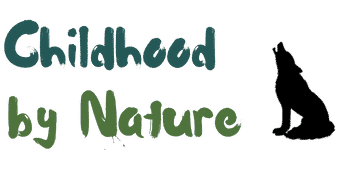
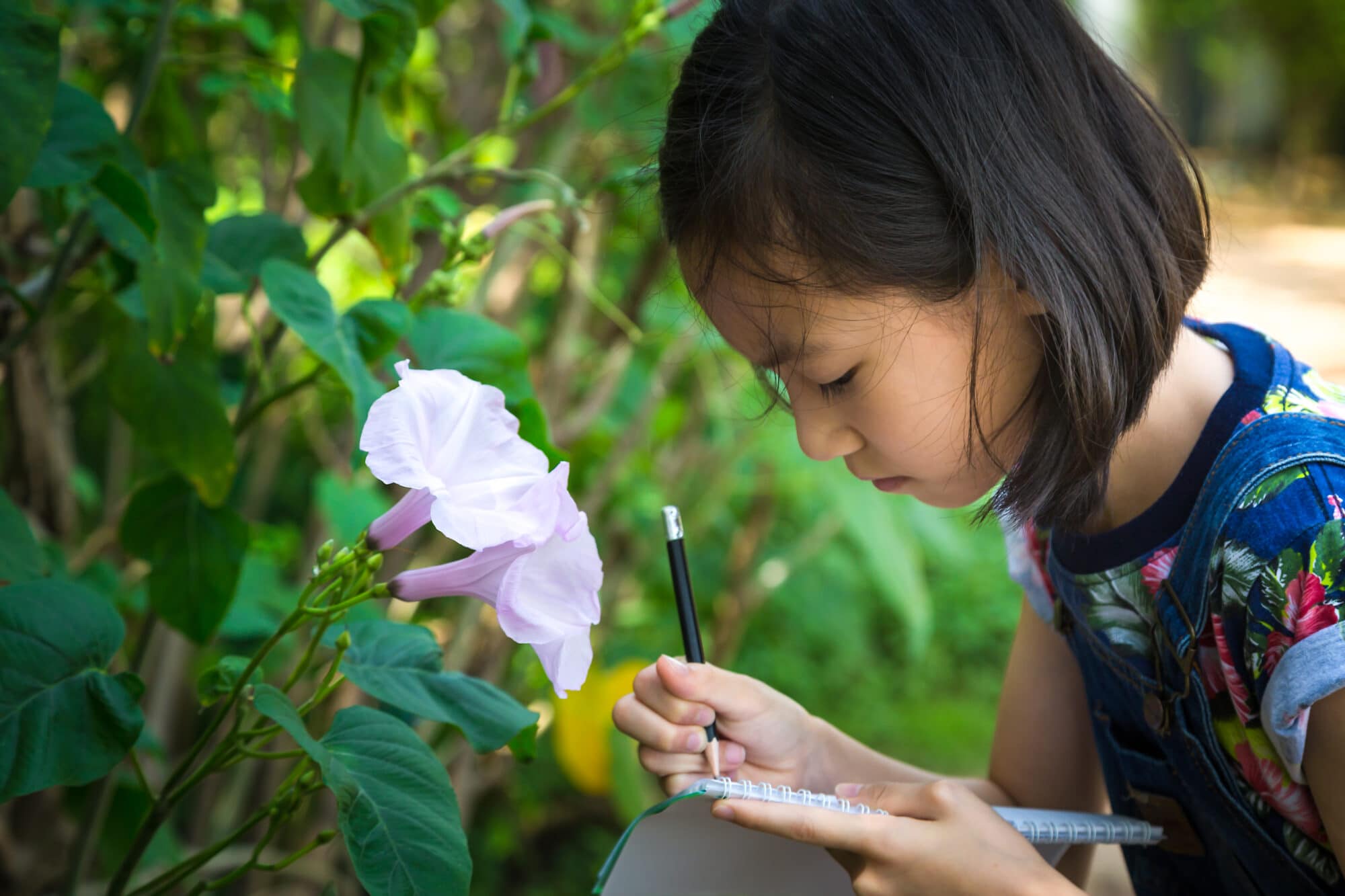
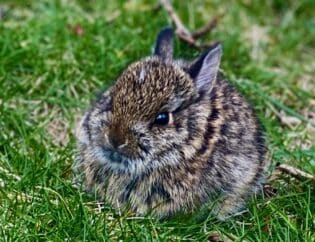
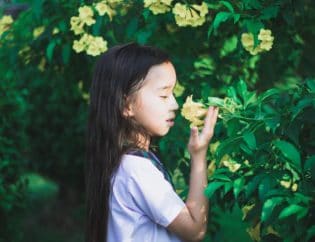

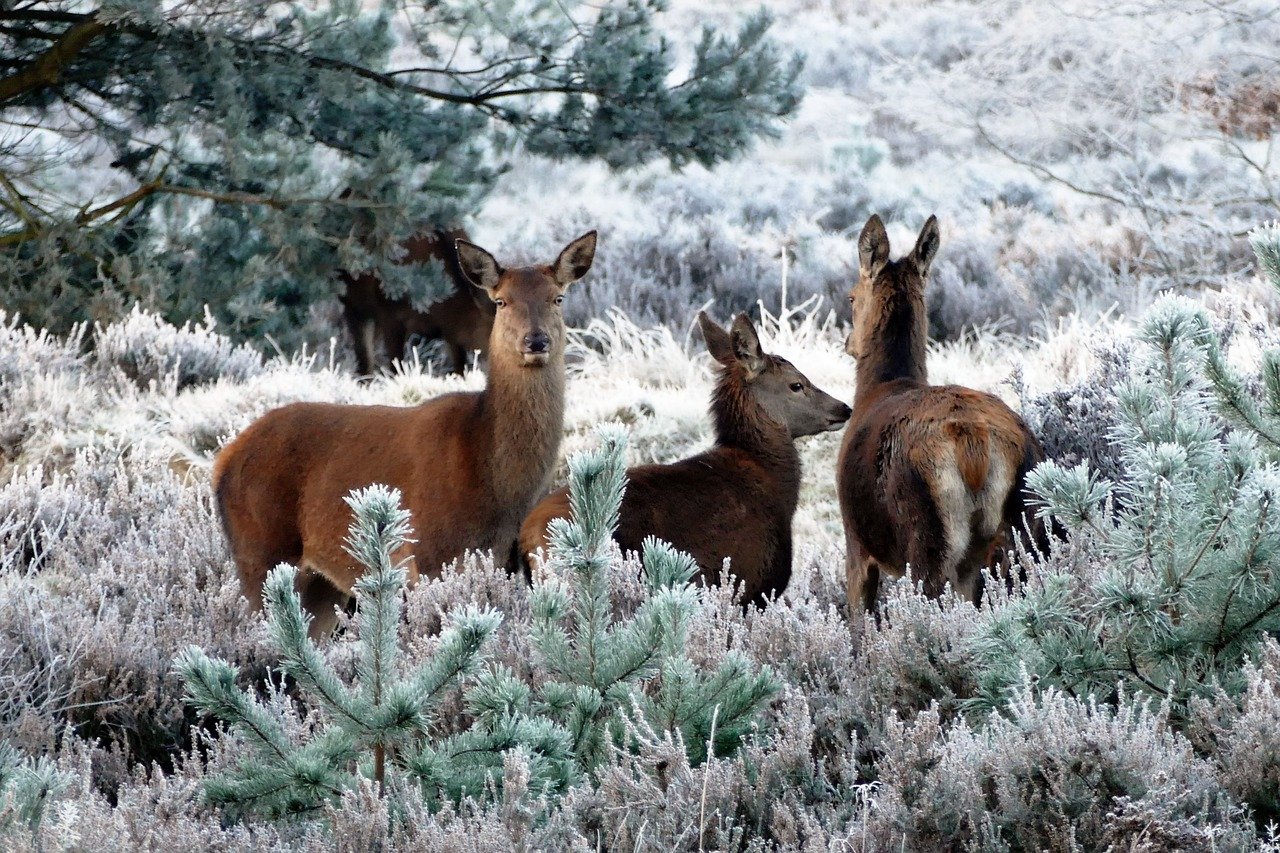
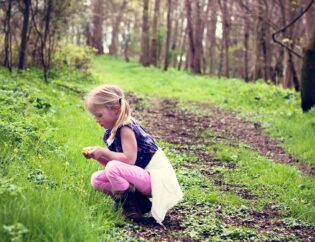
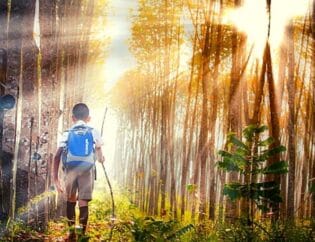
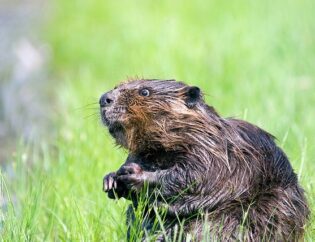
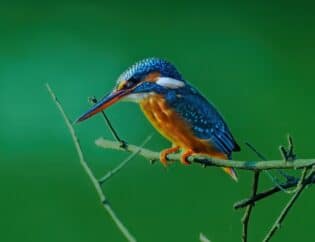
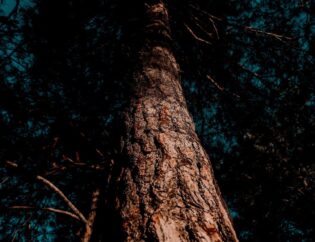
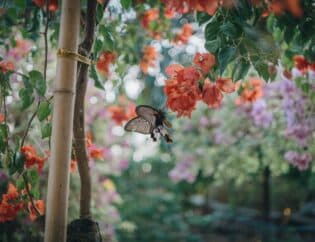
We are thrilled to be the first ERAFANS certified in Ohio! http://Www.foresttimekindergarten.com! Forest Time Kindergarten LLC
Excellent news!! Congratulations!
Thank your for writing this blog post. It’s informative and really helps to define each type of category. I wonder if there are any short video clips that you know of that compare and contrast these categories. I teach community college courses and would like to share this is with one of my classes but am looking for a multi-media type of presentation. Thanks again for such a comprehensive list and descriptions!
Hello April, What an excellent idea. We don’t have any video clips compiled but it is a great project for the future. If we see anything, we will send it your way!!
April, I did training courses through here and there are several videos and some podcasts I believe. I wouldn’t hesitate to reach out to David Sobel with Antioch University for help. Also, try going to the UK Forest association mentioned and Australia’s and you may find videos of what they offer. https://wauhatchie.org/news